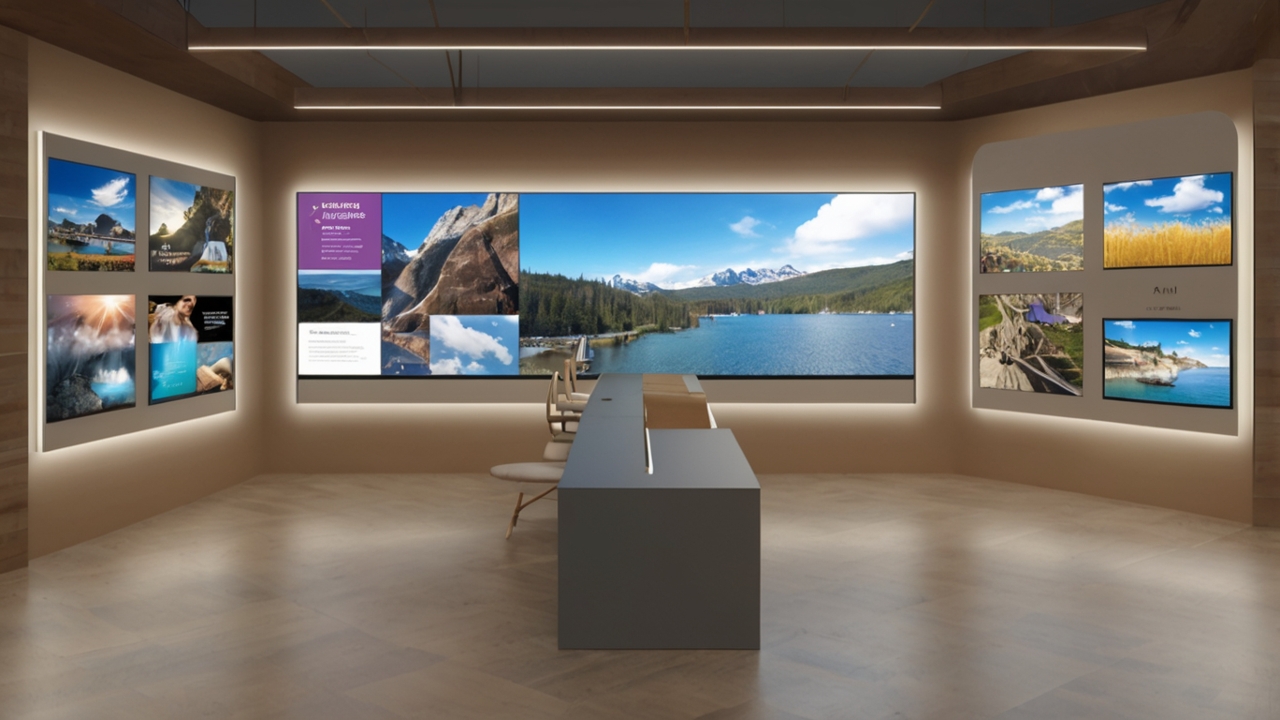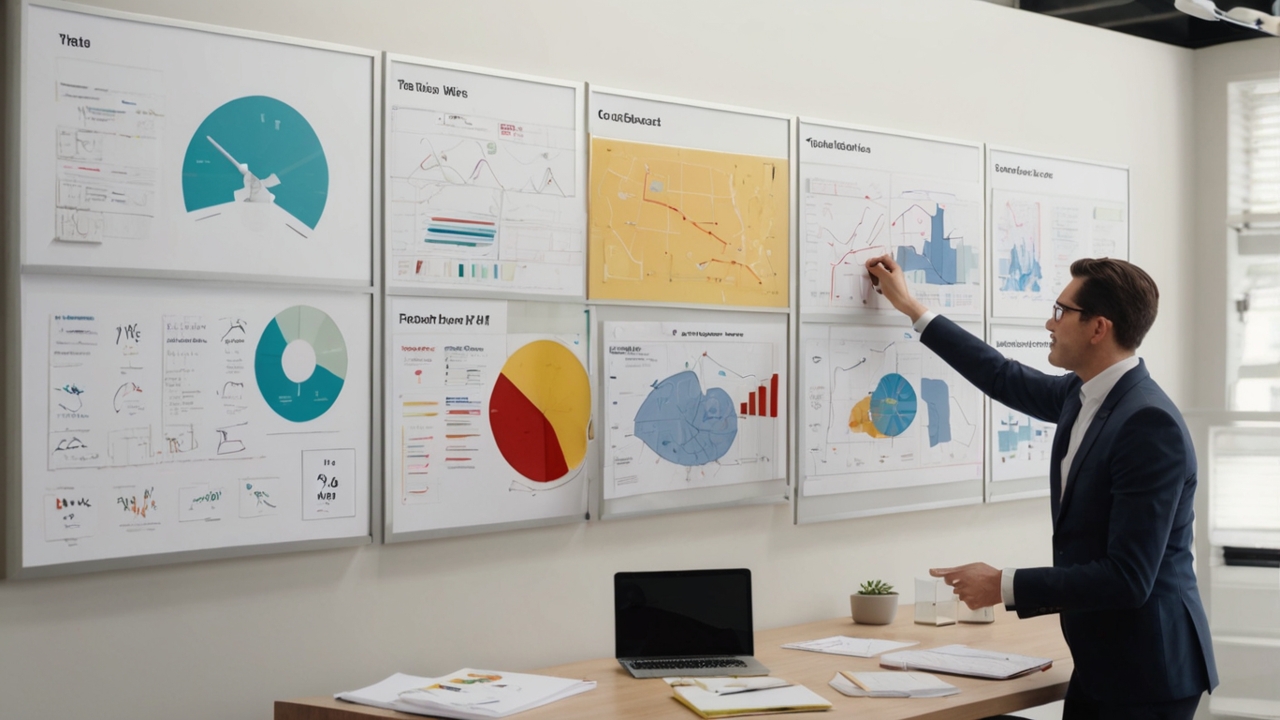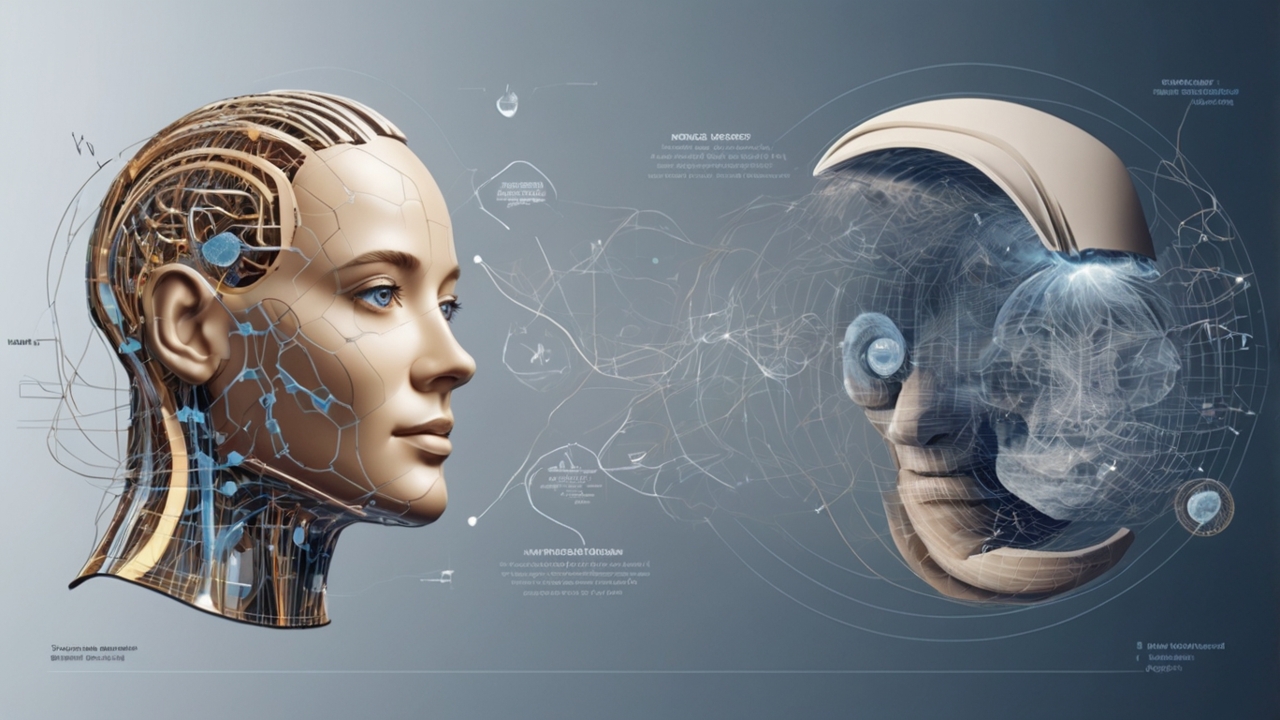Mayumiotero – In an age where technology rapidly evolves, visual innovations are revolutionizing the medical field. From advanced imaging techniques to immersive augmented reality (AR), healthcare is experiencing a transformation that enhances accuracy, efficiency, and patient outcomes. This integration of visual technology not only improves diagnostics but also refines surgical procedures and training.
Enhancing Accuracy in Diagnosis with Visual Imaging
First and foremost, diagnosis has become more precise thanks to cutting-edge visual technologies. Tools such as MRI (Magnetic Resonance Imaging), CT (Computed Tomography) scans, and ultrasound imaging now provide high-resolution, 3D visualizations of internal organs and tissues. These images offer a non-invasive glimpse into the human body, allowing physicians to detect abnormalities, tumors, or fractures with remarkable clarity.
Moreover, machine learning algorithms are being paired with these imaging systems to identify patterns and flag anomalies, which assists doctors in making faster and more informed decisions. As a result, early diagnosis of complex conditions like cancer and neurological disorders has significantly improved, giving patients a better chance at recovery.
“Read more: Resilience Blueprint: Building Emotional Strength in Times of Uncertainty“
Augmented Reality in Surgical Planning and Navigation
Beyond diagnosis, augmented reality is reshaping the way surgeons operate. With AR headsets and real-time imaging, surgeons can overlay digital anatomical structures directly onto a patient’s body during surgery. This fusion of virtual and real-world visuals provides unmatched precision, especially in delicate procedures such as brain or spine surgeries.
Additionally, AR aids in pre-surgical planning by allowing physicians to rehearse complex operations using digital twins—virtual replicas of the patient’s anatomy. This simulation not only boosts surgeon confidence but also reduces the risk of complications during the actual procedure.
Real-Time Guidance and Remote Collaboration
Visual technology also enables real-time surgical guidance through video-assisted tools. For instance, laparoscopic surgeries utilize miniature cameras inserted into the body, projecting live images onto a monitor. This minimally invasive approach reduces scarring, recovery time, and overall trauma for the patient.
Furthermore, remote collaboration is now possible through telemedicine platforms equipped with visual feeds. Surgeons can consult specialists across the globe in real time, receiving expert advice mid-operation. This global connectivity enhances surgical success, especially in underserved or remote areas.
Improving Medical Training and Education
In the realm of medical education, visual technology provides immersive learning experiences. AR and VR (Virtual Reality) are now integral to training programs, allowing students to interact with 3D models of the human body. This hands-on, risk-free environment helps aspiring doctors understand anatomy, pathology, and procedures more effectively than traditional textbooks ever could.
Notably, students can now practice surgeries in virtual simulations, receiving real-time feedback on their technique. This innovation accelerates learning and ensures a higher standard of readiness before entering the operating room.
Challenges and the Road Ahead
While the benefits are profound, integrating visual technology into healthcare is not without challenges. High implementation costs, data security concerns, and the need for ongoing training may slow adoption in some regions. However, as the technology becomes more accessible and affordable, its role in medicine is expected to grow exponentially.
Looking ahead, the fusion of AI, AR, and high-definition visual systems will likely lead to fully autonomous diagnostic systems and even AI-assisted robotic surgeries. These advancements promise not just better outcomes, but also a more personalized approach to patient care.
Visual Technology as a Game-Changer in Healthcare
To conclude, visual technology is undeniably transforming the landscape of modern medicine. From improving diagnostic accuracy to revolutionizing surgical methods and education, these innovations are paving the way for a smarter, safer, and more connected healthcare system. As technology continues to evolve, its visual applications will remain at the forefront of medical advancement, empowering both doctors and patients like never before.



